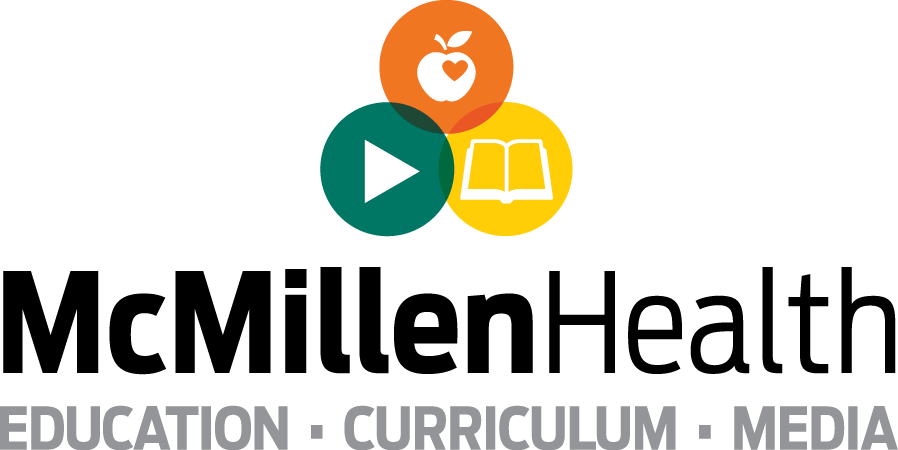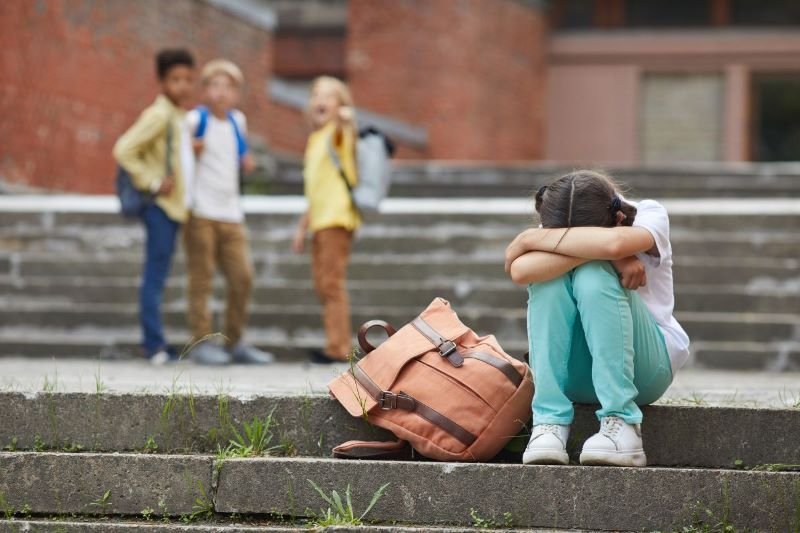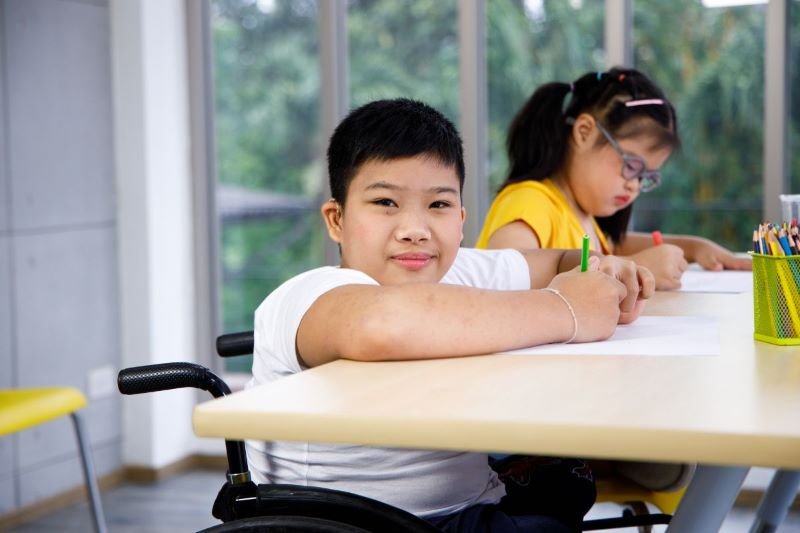Words Hurt: Verbal Bullying Definition, Effects, and Prevention
Verbal bullying is when someone uses words to hurt or scare another person. Verbal bullying can take place in-person or online.
Examples of verbal bullying include:
Teasing
Name-calling
Insults
Threats
Inappropriate sexual comments
Discriminatory comments
In this blog post, we will discuss verbal bullying, its effects, and how to prevent it from happening.
Types of Bullying
Verbal bullying is just one type of bullying. The other types of bullying you may have heard of are physical, social, and cyberbullying.
Physical bullying is when someone uses their body or a weapon to hurt or scare another person.
Verbal bullying is when someone uses words to hurt or scare another person.
Social bullying is when someone tries to hurt another person's relationships or reputation.
Cyberbullying is a type of verbal or social bullying that happens through instant messaging, social gaming sites, email, texting, or social media.
Bullying happens through unwanted, repeated actions by a person or group of people. The purpose of all types of bullying is to hurt, ridicule, embarrass, or scare a targeted person.
What is Verbal Bullying?
Verbal bullying is when someone uses words to hurt, harass, or scare another person. Verbal bullying leaves targets feeling ashamed, humiliated, or even afraid.
Verbal bullying can look like any of the following:
Threats
Teasing
Insults
Name-calling
Inappropriate sexual comments
Discriminatory comments
Discriminatory comments are jokes, slurs, or negative remarks about someone's race, gender, sex, sexuality, age, or abilities.
In a study of middle and high school students, 14% reported being made fun of, called names, or insulted.
What are the Effects of Verbal Bullying?
Verbal Bullying and Mental Health
Verbal bullying can have a devastating effect on students' mental health.
Targets of bullying are at a higher risk for depression, anxiety, and self-harm. Children who bully are also at a higher risk for misusing substances, mental and behavioral problems, and experiencing violence.
Bullying and Education
Targets of bullying tend to perform worse academically and are more likely to drop out of school. This can have a lifelong impact on education and career achievements.
Targets of bullying are also less engaged in school, making them less likely to connect with support systems such as school counselors.
Keep reading to learn more about how adults and students can prevent bullying.
Preventing Verbal Bullying
Since bullying has consequences for both targeted children and children who bully, it is important to take action against bullying. Teachers, school administrators, parents, and students all have a role in anti-bullying.
For Adults in School Settings
Adults need to acknowledge bullying behavior when they see it. They should not assume that children can always label an action as bullying. The best practice is to point out behaviors that are hurtful or inappropriate.
Adults can also help children develop empathy. When children think about bullying from the target’s point of view, they will be able to imagine why something is hurtful.
Here are six steps adults can take when they witness bullying:
1) Stop behavior.
Immediately stop the behavior. This sets an expectation for the bully and the bystanders.
Do not "call out" the bully in a way that shames or embarrasses them.
2) Enforce consequences.
Follow through with prompt, consistent discipline according to your school’s guidelines.
3) Maintain confidentiality.
Don’t share the names of those who report bullying.
Meet with students privately to discuss bullying.
4) Involve a counselor.
Targets of bullying may need additional support from a mental health professional.
5) Contact parents/guardians.
Partner with families to reduce and prevent bullying.
6) Model and reinforce positive behavior.
For Parents
The adults at home can also help prevent their children from bullying or being bullied.
Have regular conversations with your child.
Use mealtimes or car rides to talk about topics such as bullying.
Let your child know they can come to you with problems.
Encourage your child to talk to a trusted adult.
Make sure your child knows who other trusted adults in their life are, such as family members, teachers, counselors, coaches, and religious leaders.
Get to know your child's friends and classmates.
Talk to your child to learn about their peers.
Take time to get to know your child's friends. You can be a trusted adult in their lives.
Know your responsibilities.
If your child is bullying, you may be legally liable.
Addressing Discriminatory Comments
When a child uses a discriminatory comment, there is no perfect response that works in every situation. Still, adults should always take action when they witness discrimination.
The first step is to clarify when a comment is unacceptable. The next step is deciding if the situation requires a private follow-up conversation with the child. Remember that shaming or embarrassing a child does not help prevent bullying.
Schools should have policies on how to handle bullying and discrimination. When discriminatory comments become a pattern in a school, educators and administrators should create a strategy to address it.
Bullying Prevention: What Doesn't Work?
Telling students not to tattle
Telling a target of bullying to find a solution themselves
Ignoring bullying
Anti-Bullying Practices for Students
Students can help create a positive environment by using anti-bullying practices.
Don't bully others.
This simple rule only works if students receive anti-bullying education. Students are less likely to bully when they understand bullying and its consequences.
Try to help when someone is being bullied.
Students who witness bullying can reach out privately to the targeted person.
Students can include someone who is being left out.
Students should not intervene in unsafe situations. Instead, they need to find an adult and report what happened.
Always report bullying to a trusted adult.
Check out McMillen Health's anti-bullying programs for more education for students.
What to Do If You are Being Bullied
It can be tough to know what to do if you're being bullied. Remember, bullying is when someone repeatedly tries to hurt, scare, or embarrass you.
Talk to an adult you trust. Tell them about what is happening and share plenty of detail, so the person has all the facts. If you talk to an adult and they do not help or do not seem to believe you, then find another adult you trust.
Write down what’s happening. It’s easier to report bullying if you write down the facts. This will keep all the information organized when you talk to an adult.
You may want to journal about your experience. It’s normal for bullying to take a toll on your emotions. This is a chance for you to express your feelings and collect your thoughts. If your feelings get too overwhelming, reach out to someone you trust.
You may feel like talking to an adult is “tattling.” Tattling means you are trying to get someone in trouble. Reporting bullying is different than tattling. Reporting means you’re asking for help handling a situation that was harmful to you.
What is Anti-Bullying?
Anti-bullying are actions or policies meant to prevent bullying. Anti-bullying actions can include:
Educating students about bullying
Appropriately responding to bullying
Creating safe environments where students can report
Bullying comes in many different forms. Verbal bullying can have lasting effects on a person's well-being. Fortunately, every person can be part of the anti-bullying movement. Through education, reporting, and prevention strategies, you can help reduce bullying. If you or someone you know is being bullied, please reach out for help.
Anti-Bullying Programs Available at McMillen Health
Using high-tech media rooms, our educators can reach classrooms anywhere with an internet connection.
Elementary:
Middle School:
High School:
Students with Disabilities
Bye-Bye Bully (Elementary)
Hesitate to Intimidate (Grades 6-12)
Wired & Routed: Cyber Bullying (Grades 6-12)
Adults with Disabilities
If you want to learn more about McMillen Health's anti-bullying programs, please visit our program guide or call us at 1-888-240-7268.




